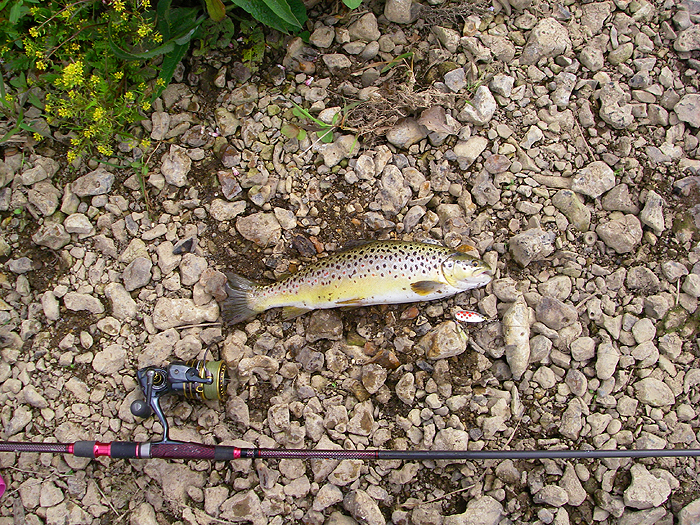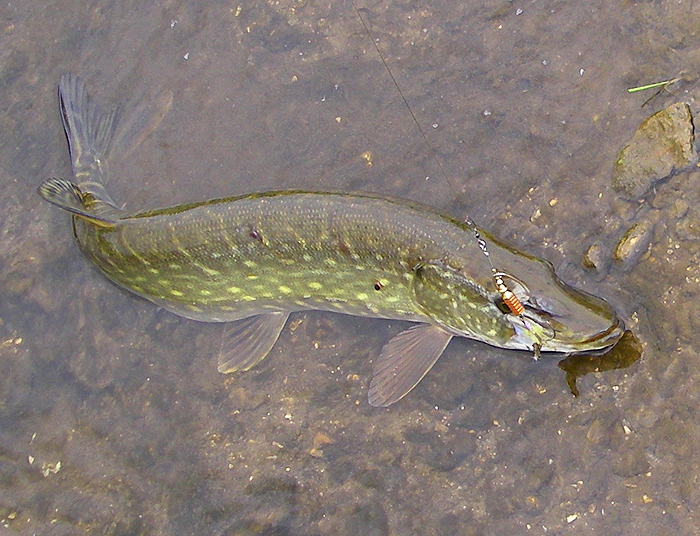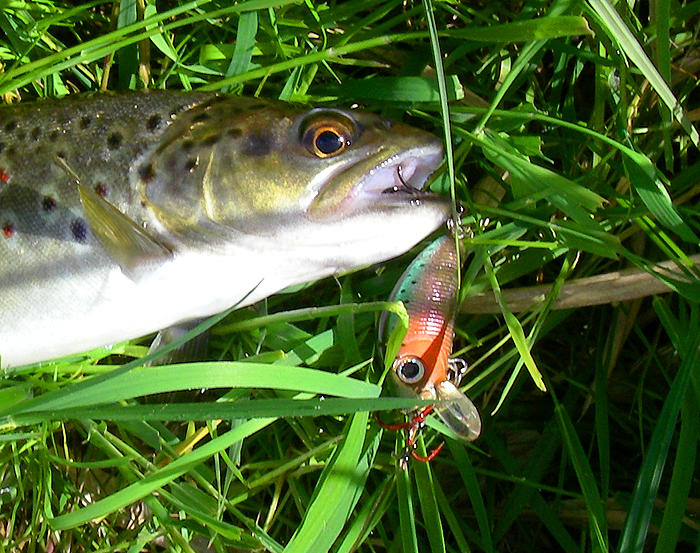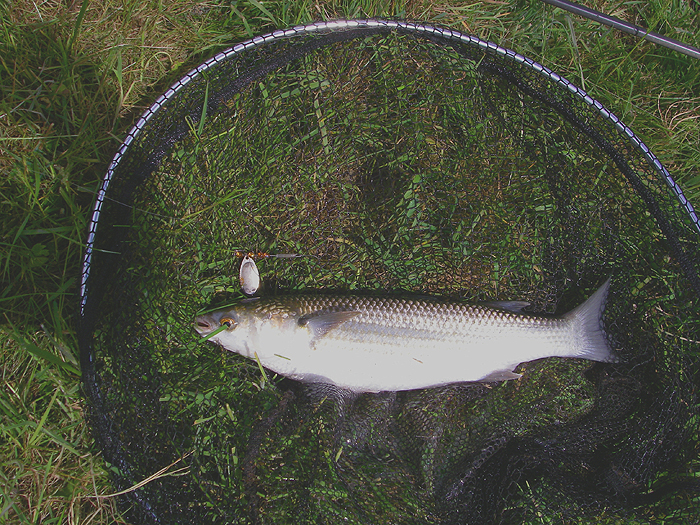

Catch Fish with
Mike Ladle
Information Page
Freshwater Fishing
For anyone unfamiliar with the site always check the FRESHWATER, SALTWATER and TACK-TICS pages. The Saltwater page now extends back as a record of over several years of (mostly) sea fishing and may be a useful guide as to when to fish. The Freshwater stuff is also up to date now. I keep adding to both. These pages are effectively my diary and the latest will usually be about fishing in the previous day or two. As you see I also add the odd piece from my friends and correspondents if I've not been doing much. The Tactics pages which are chiefly 'how I do it' plus a bit of science are also updated regularly and (I think) worth a read (the earlier ones are mostly tackle and 'how to do it' stuff).
Nothing like a change.
Keen anglers won't be surprised to hear me say that I NEVER get bored with fishing. There's no doubt that if I had to I could be a dedicated bass angler, carp angler, salmon angler, trout angler, dace angler, bonefish angler, tarpon angler, whatever angler. Nevertheless I do like a change and I particularly like a change that teaches me something new about catching fish. After catching three salmon in three sessions you might think that I would be out there again employing the successful tactics but the truth is that this approach becomes almost mechanical. In this case it is largely a matter of covering the water until you encounter a taking fish and that's not my style. This is despite the fact that I know that my chance of catching a salmon is rarely better than when I've just caught one.
Anyway, be that as it may, despite the excellent salmon fishing, I was a little disappointed that I hadn't managed to catch the seatrout that I was after. First of all I'd switched from the J9 Rapala to the size 4 Mepps which tempted my third salmon. Next trip I tried the Mepps again (you have to give it a good go) and managed to catch a brown trout and a couple of out-of-season jack pike, all from the same pool in three casts. On my next trip I switched to a small, sinking, L Minnow plug. One tiny trout after another hurled itself on the plug - clearly this was not the answer. On this session I did notice, in the bright sun and clear water, that there were lots of thin lipped mullet in almost every stretch of river. Occasionally one would follow behind the plug as I reeled in but I knew from experience that they would almost never have even a tentative nip at the lure.
It's quite a long time since I last caught myself a thinlip and the temptation was too great. When I got home I rooted about in my tackle drawer for the mullet spinners. Eventually I found four of them in a little poly bag. They had barrel weight bodies, Mepps type silver blades of various sizes and little pennel rigs instead of trebles. The next day I bought half-a-dozen ragworm from the local tackle shop and set off for the river. Now it's interesting that spinning for thinlips with a ragworm baited spoon rarely produces anything but mullet. Of course I've caught a few perch and trout and pike on them from time to time but the vast majority of the catches have been thinlips.
To be honest the whole business is a bit of an enigma. We really don't know why the mullet take the spoon although it seems certain that some sort of chemical attraction (smell/taste) is involved. You can certainly get fish to follow an unbaited spinner quite often but add a small section of rag to the hook and the behaviour of the fish is totally different. With ragworm in place two or three mullet will often chase the lure across even quite fast flowing water and then they'll jostle one another to get close to the bait. It seems almost unbelievable (to me) that they can detect enough of the leaking worm juice to make them react in the huge volume of rushing water. If I hold the spinner in the flow ticking over fast the fish will form great standing bow waves just behind it as they approach. In contrast sometimes they will snatch at it almost as it hits the water. The whole thing is bizarre.
However, inducing follows is one thing but converting these to hooked fish is quite another. The best system is probably the one I evolved many years ago with a section of worm stretched between the two hooks of my pennel rigged spinner. My old spinners were OK but being stored in the polythene bag hadn't enhanced them. Not only did the blade spin but the worm gyrated wildly behind it - not good. The mullet would follow up closely and then fail to get a grip on the tail hook. In the end I only caught one and dropped several others while trying out various hook set-ups but I came away with lots of food for thought. Next time I shall try fitting a small anti-kink device, behind the spinner between the two hooks. That's the thing about fishing, even after seventy odd years at it there's always plenty to think about. Boredom - what's that?
If you have any comments or questions about fish, methods, tactics or 'what have you!' get in touch with me by sending an E-MAIL to - docladle@hotmail.com
Meppsed.

Jack.

Tiny trout.

Thinlip.
